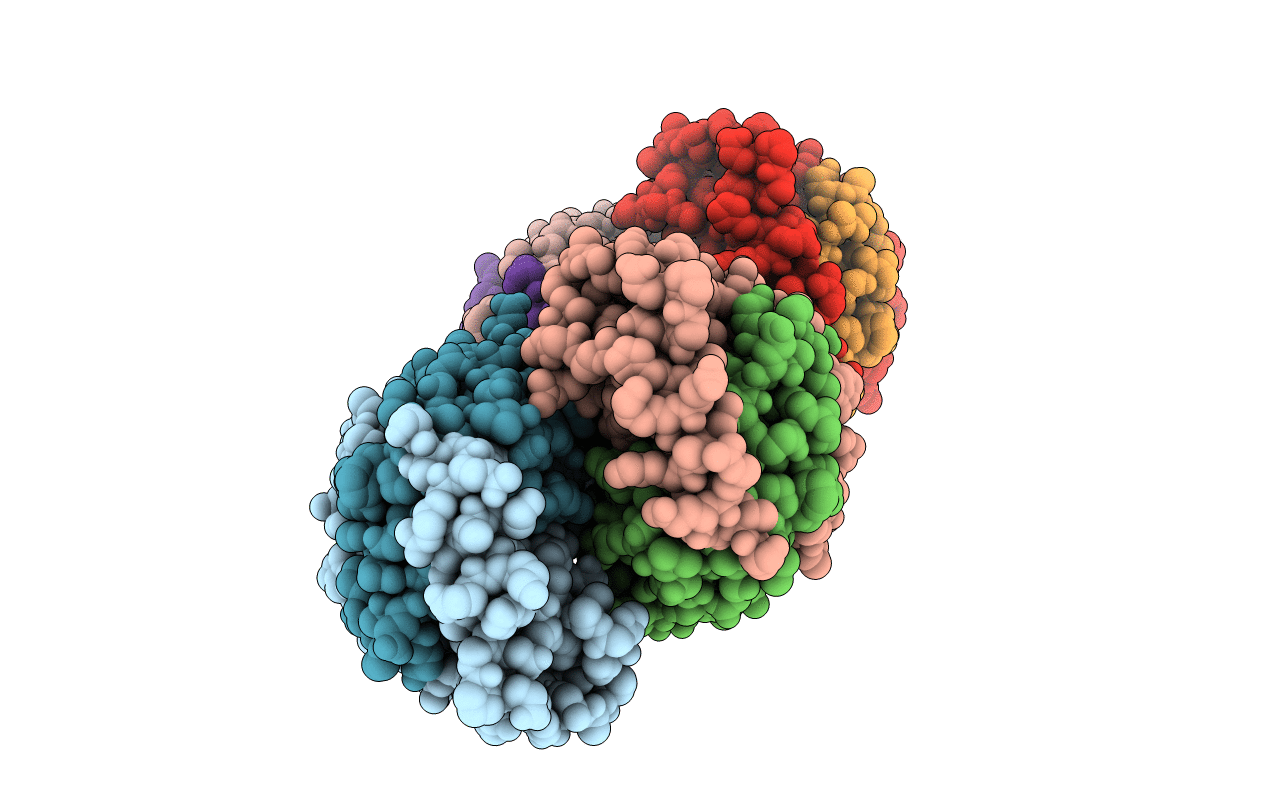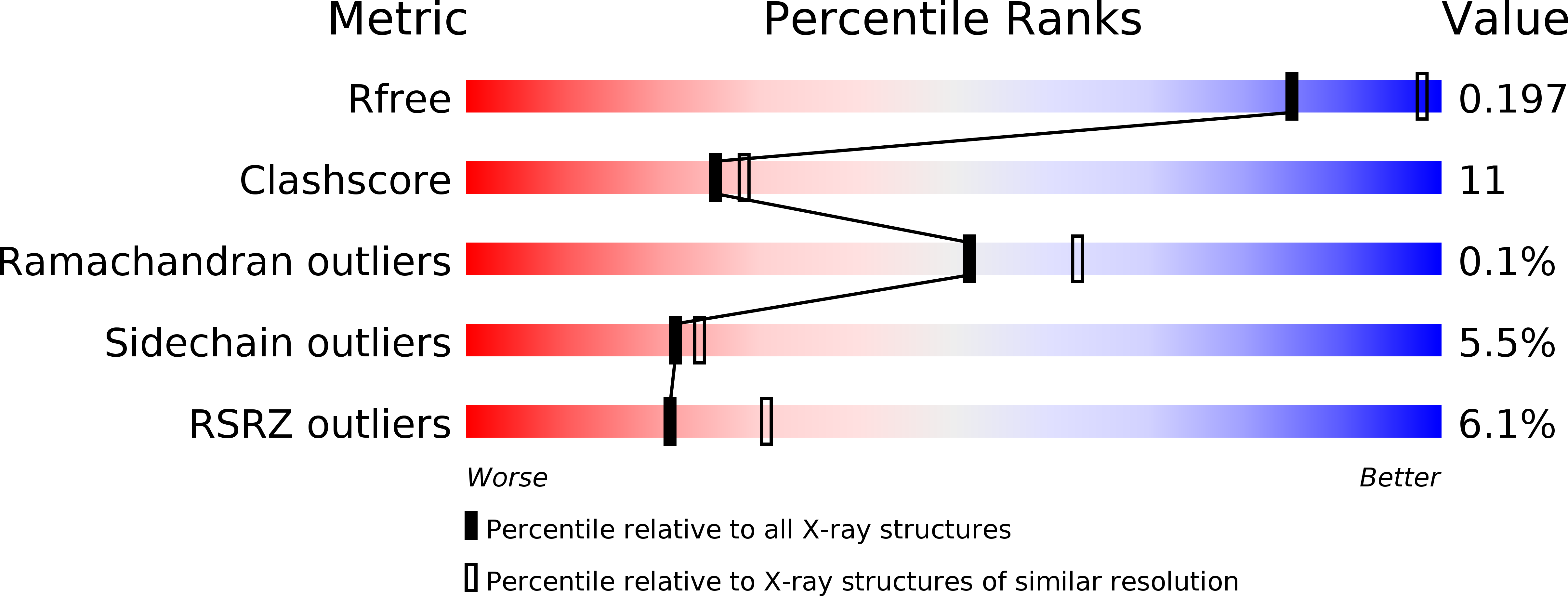
Deposition Date
2009-12-02
Release Date
2010-04-28
Last Version Date
2024-11-27
Entry Detail
PDB ID:
3KX8
Keywords:
Title:
Structural basis of the activity and substrate specificity of the fluoroacetyl-CoA thioesterase FlK
Biological Source:
Source Organism:
Streptomyces cattleya (Taxon ID: 29303)
Host Organism:
Method Details:
Experimental Method:
Resolution:
2.35 Å
R-Value Free:
0.24
R-Value Work:
0.18
R-Value Observed:
0.19
Space Group:
P 1 21 1


